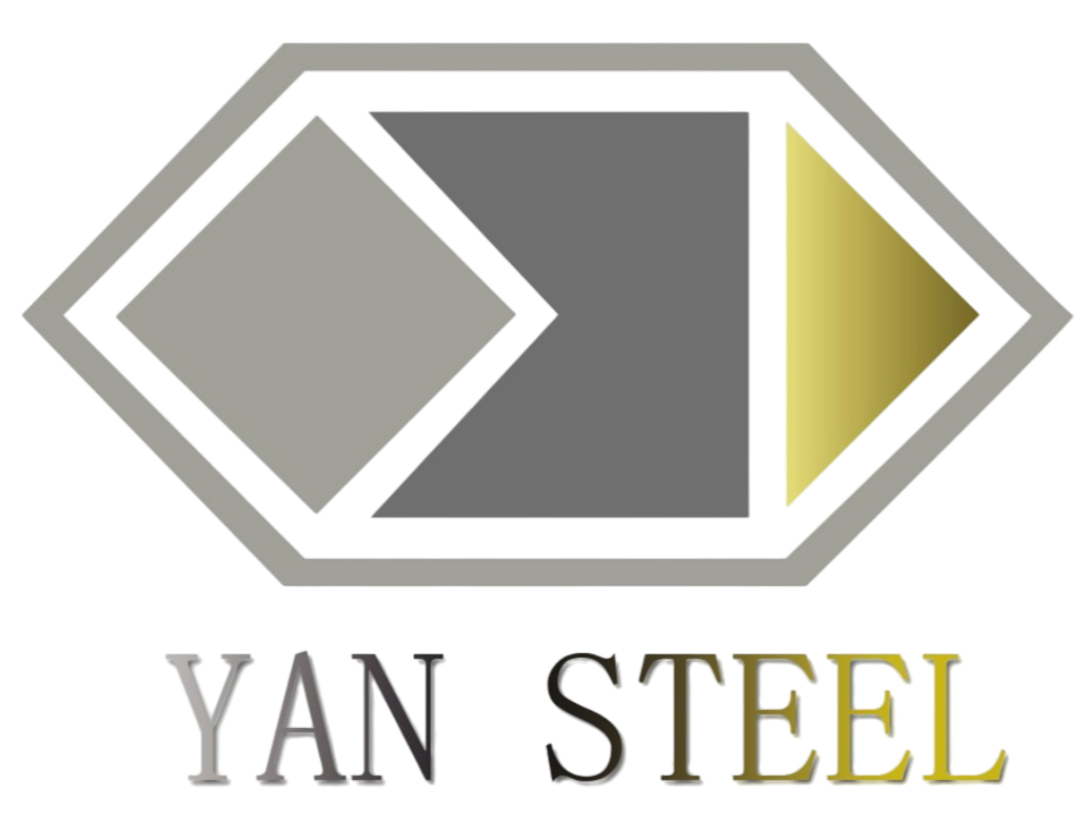Understanding Material Compliance Standards in Home Appliance Manufacturing
The home appliance industry faces increasingly stringent regulations regarding material safety and environmental impact. RoHS REACH compliance has become a cornerstone of responsible manufacturing, particularly when it comes to steel components used in everyday household appliances. Manufacturers, suppliers, and testing facilities must work in concert to ensure that all materials meet these crucial European standards.
Today's consumers are more environmentally conscious than ever, demanding products that not only perform well but also adhere to strict safety and sustainability guidelines. This heightened awareness has made RoHS REACH compliance a vital consideration in the production and distribution of home appliances, from refrigerators to washing machines and everything in between.
Essential Components of RoHS and REACH Regulations
Core Elements of RoHS Directive
The Restriction of Hazardous Substances (RoHS) directive specifically targets the elimination of six hazardous materials commonly used in electronic and electrical equipment. For steel components in home appliances, this means careful monitoring of lead, mercury, cadmium, hexavalent chromium, and certain flame retardants. Manufacturing processes must be meticulously controlled to ensure that these restricted substances remain below the permitted thresholds.
Testing laboratories play a crucial role in verifying RoHS REACH compliance through sophisticated analytical methods. These facilities employ techniques such as X-ray fluorescence (XRF) screening and wet chemical analysis to detect even trace amounts of restricted substances in steel components.
REACH Regulation Framework
The Registration, Evaluation, Authorization, and Restriction of Chemicals (REACH) regulation goes beyond RoHS by addressing a broader spectrum of chemical substances. For home appliance manufacturers, this means maintaining detailed documentation of all chemical substances used in their products, including those present in steel components. The regulation requires companies to register substances manufactured or imported in quantities over one ton per year.
Compliance with REACH involves ongoing monitoring of the Substances of Very High Concern (SVHC) list, which is regularly updated. Manufacturers must be prepared to adapt their processes and material selections as new substances are added to this list, ensuring continued RoHS REACH compliance throughout their supply chain.
Testing Laboratory Requirements and Certification Process
Accredited Testing Facilities
Testing laboratories must maintain specific accreditations to provide valid RoHS REACH compliance certificates. These facilities should be ISO/IEC 17025 accredited, demonstrating their technical competence and ability to generate precise and accurate test data. The accreditation process ensures that labs follow standardized testing procedures and maintain proper quality control measures.
Modern testing facilities employ state-of-the-art equipment and maintain strict chain-of-custody procedures to ensure reliable results. Regular calibration of testing equipment and participation in proficiency testing programs help maintain the highest standards of accuracy in compliance testing.
Documentation and Reporting Standards
Proper documentation is fundamental to demonstrating RoHS REACH compliance. Testing laboratories must provide detailed reports that include sample identification, testing methodologies, results interpretation, and clear pass/fail determinations. These reports become part of the manufacturer's technical file, which must be maintained and updated regularly.
Test reports should include information about detection limits, uncertainty measurements, and any deviations from standard testing procedures. This level of detail ensures transparency and helps manufacturers maintain comprehensive compliance records for regulatory authorities and auditors.
Implementation Strategies for Manufacturers
Supply Chain Management
Effective RoHS REACH compliance begins with robust supply chain management. Manufacturers must carefully select suppliers who can provide documented evidence of compliance for their materials. This includes establishing clear communication channels and regular auditing procedures to verify ongoing compliance.
Creating a supplier qualification program helps ensure that all incoming materials meet the required standards. This program should include regular supplier assessments, material testing schedules, and clear protocols for handling non-compliant materials.
Internal Testing Protocols
While external laboratory testing is essential, manufacturers should also implement internal testing protocols to monitor compliance throughout the production process. This may include incoming material inspection, in-process testing, and final product verification to ensure consistent RoHS REACH compliance.
Training programs for quality control personnel and production staff help maintain awareness of compliance requirements and testing procedures. Regular updates to testing protocols ensure alignment with the latest regulatory requirements and industry best practices.
Future Trends and Compliance Evolution
Emerging Regulatory Changes
The regulatory landscape for RoHS REACH compliance continues to evolve, with new substances being added to restricted lists and threshold limits being adjusted. Manufacturers must stay informed about proposed changes and prepare for future requirements through proactive adaptation of their testing and compliance programs.
Industry experts anticipate increased focus on circular economy principles, which may lead to additional requirements for material traceability and recyclability. This evolution will likely impact how manufacturers approach material selection and compliance testing for home appliance components.
Technology Advancements in Testing
Technological innovations are revolutionizing how testing laboratories conduct compliance assessments. Advanced analytical techniques, automated testing systems, and improved data management tools are making it easier to maintain comprehensive RoHS REACH compliance programs while reducing testing time and costs.
The integration of artificial intelligence and machine learning in testing processes promises to enhance accuracy and efficiency further. These technologies can help identify potential compliance issues earlier in the production process and optimize testing protocols based on historical data.
Frequently Asked Questions
What is the difference between RoHS and REACH compliance testing?
RoHS testing specifically focuses on six restricted hazardous substances in electronic and electrical equipment, while REACH testing covers a broader range of chemical substances used in manufacturing. REACH requires registration and evaluation of all substances used in quantities over one ton annually, making it more comprehensive in scope.
How often should home appliance manufacturers conduct compliance testing?
Regular testing schedules should be established based on production volume, supplier changes, and regulatory updates. Most manufacturers conduct full compliance testing at least annually, with additional testing when introducing new materials or suppliers, or when regulations change.
What documentation is required for RoHS REACH compliance?
Essential documentation includes laboratory test reports, supplier declarations of conformity, material safety data sheets, and technical files demonstrating compliance. Manufacturers must maintain records of all testing results, supplier certifications, and any corrective actions taken to address non-compliance issues.

